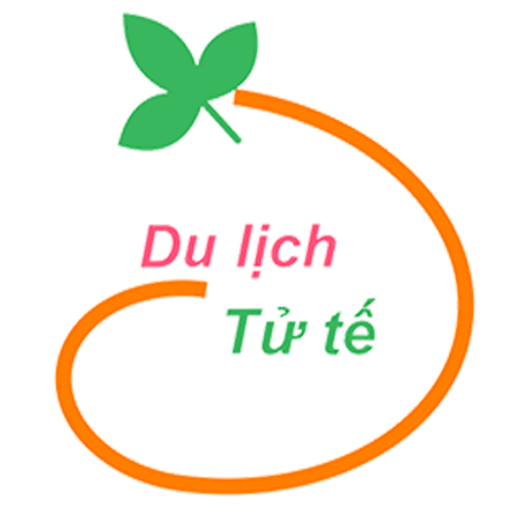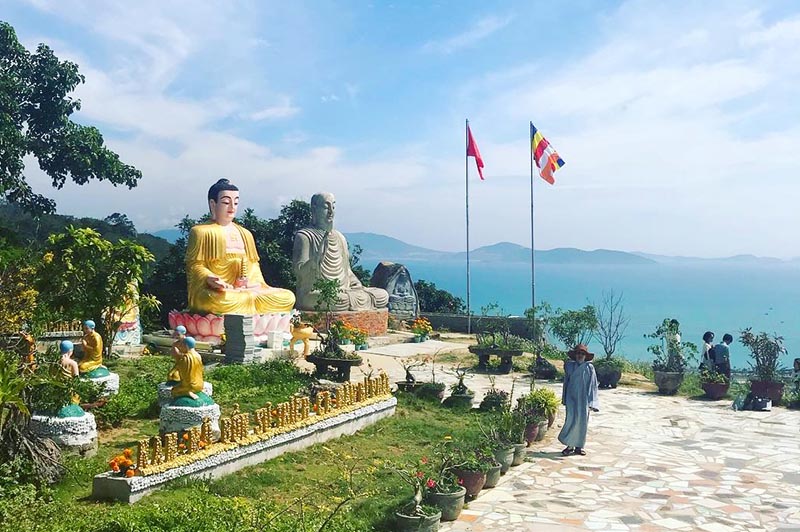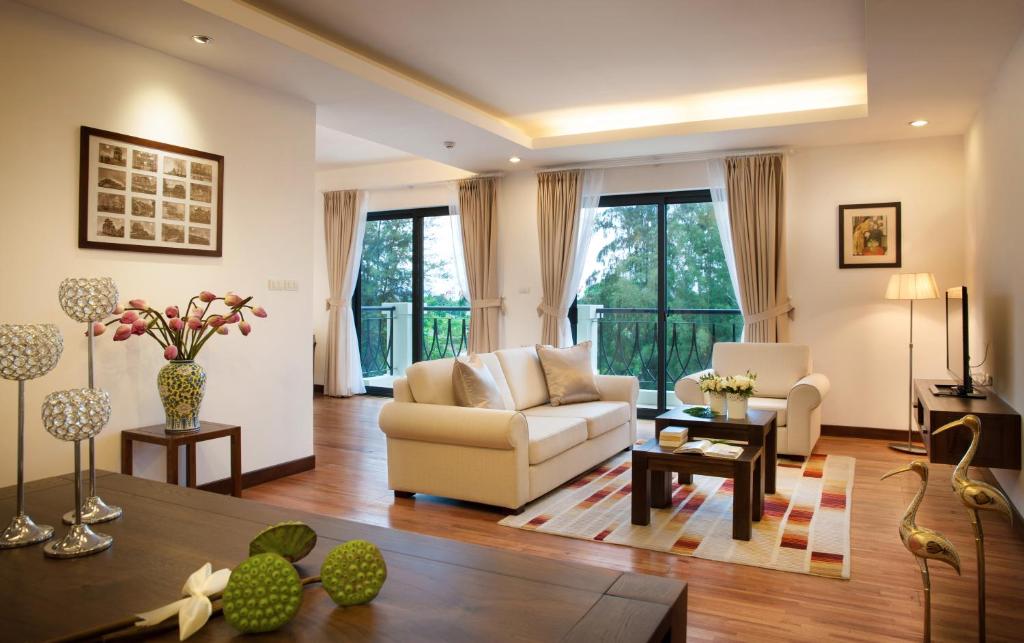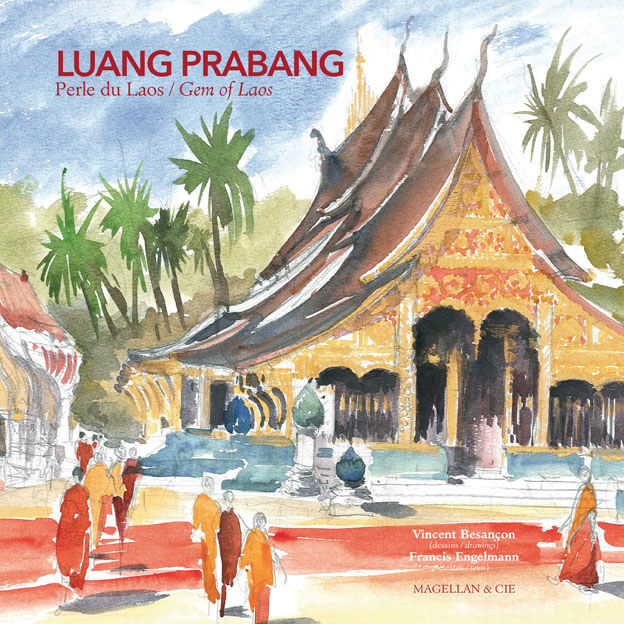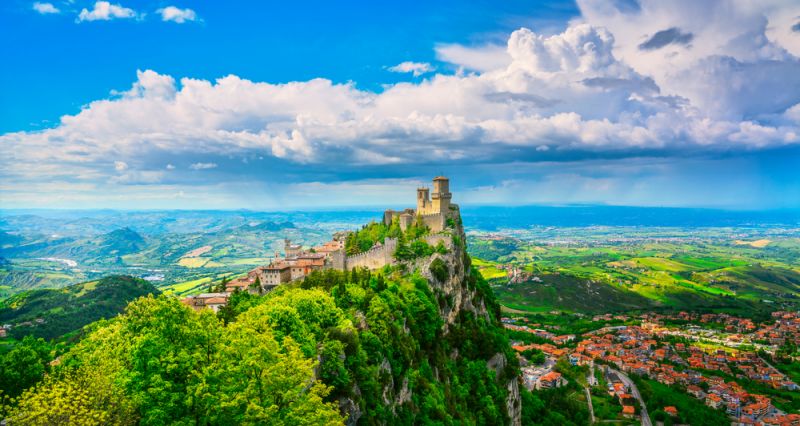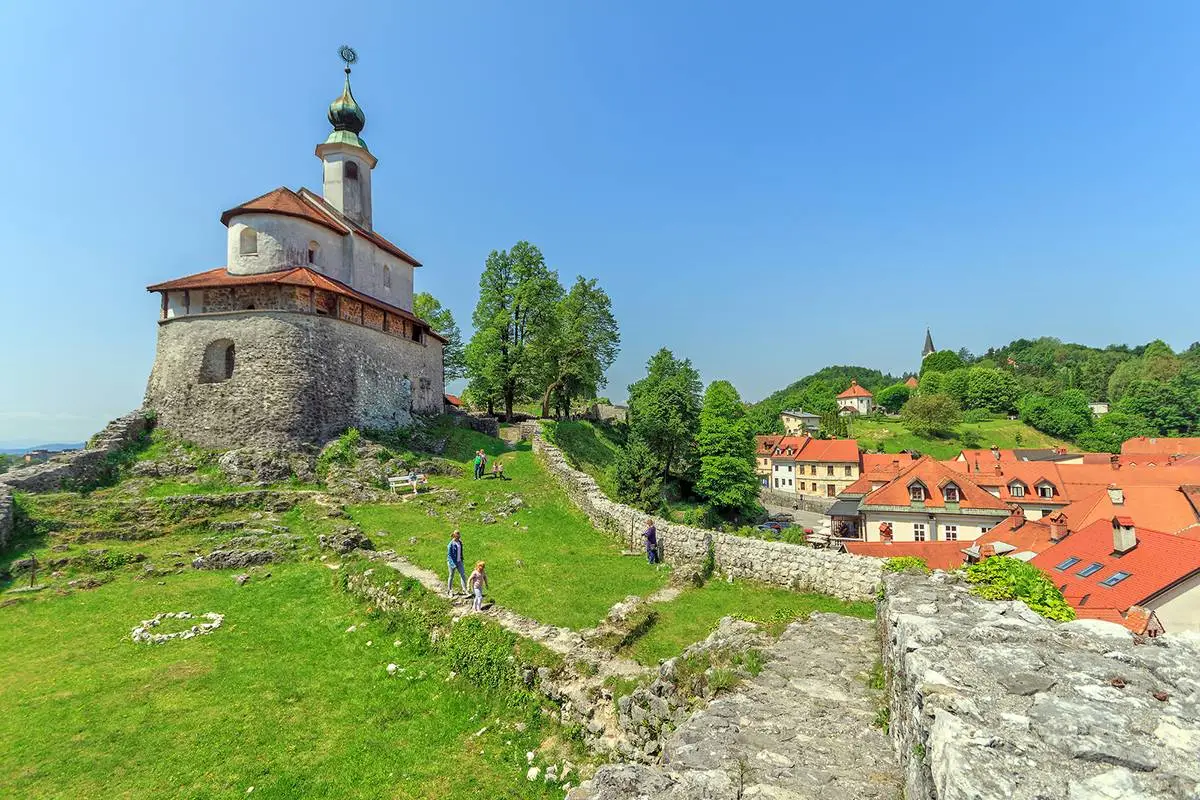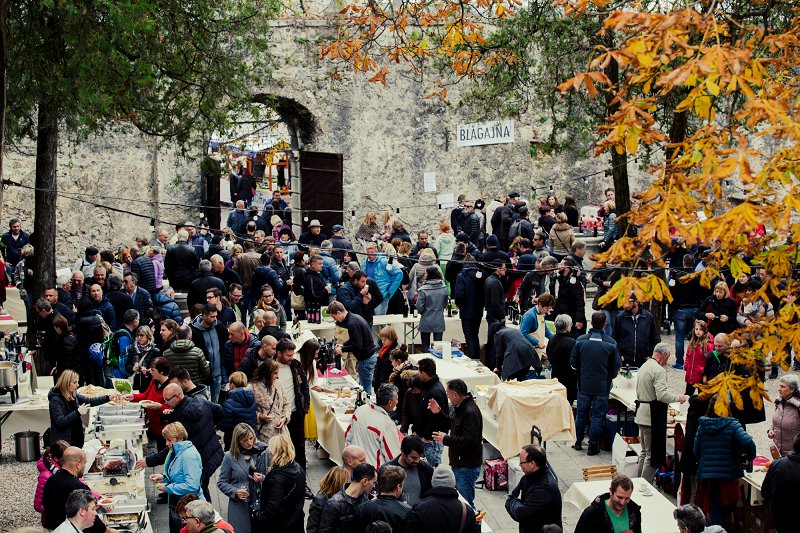In our S-shaped country, when you want to know if someone has ever had dinner, you ask “Ban an com chua?” as the cereal is ubiquitous. Much more than a simple foodstuff, Vietnamese rice is a true national symbol, inseparable from the population and an integral part of its cultural traditions.
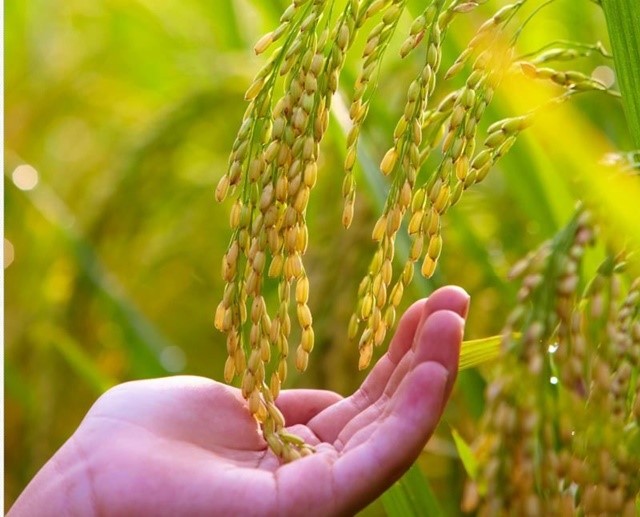
Rice-based dishes and drinks play an essential role in Vietnamese customs, especially those related to celebrations and spirituality. In the following, you will discover how Vietnam’s most cultivated grain has become a key element of its civilisation. The delicious dishes from which it originates are the most striking illustration of this.
MỤC LỤC
A cereal linked to a civilisation
The cultivation of rice – in both senses of the word – is one of the oldest in the world, particularly in Asia. In Vietnamese society, its origins lie in orally transmitted legends; it dates from well before the appearance of writing, in fact, as a “gift” from the celestial deities. It is not known exactly how long the inhabitants have been involved in rice cultivation, but archaeological finds give some idea. This activity could date back to the Neolithic era of Quynh Van, between 8000 and 6000 BC.
These planting and harvesting activities reached their peak in the early Bronze Age, when the first Far Eastern nation state was founded by the elder Hung king. But rice was not only given the status of a biologically important resource, meeting the food needs of the people. Over the centuries, it has also become strategic to the economy of one of the world’s five largest rice exporting countries.
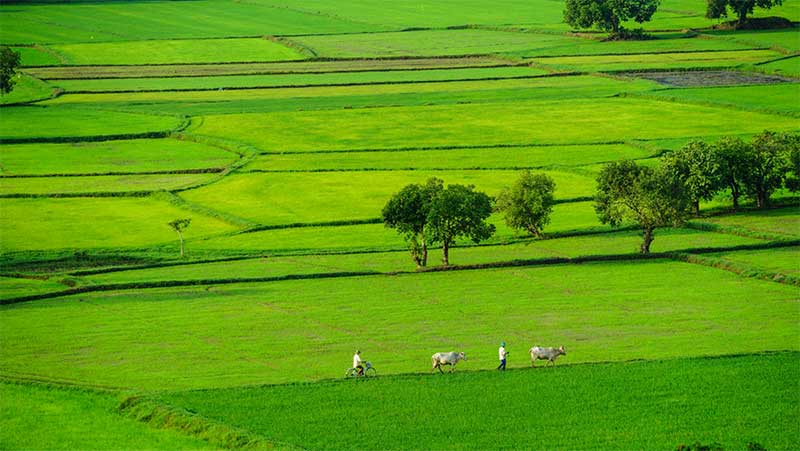
The Mekong Delta in the south and the Red River Delta in the north are the two largest production areas. Vietnam’s process of international integration has perpetuated and strengthened the vibrancy and significance of its rice civilisation, providing more abundant sources of livelihood and foreign exchange than ever before.
Why is rice a key element of Vietnamese culture?
The “gift from heaven” helps feed a population of nearly 100 million. On the other hand, it is a constituent part of a society that has made it the “essence of its culture” as shown by its fundamental role in celebrations. Vietnam is a country of spiritual festivities, numerous throughout the year following the lunar calendar to honour the prosperity of the harvest.
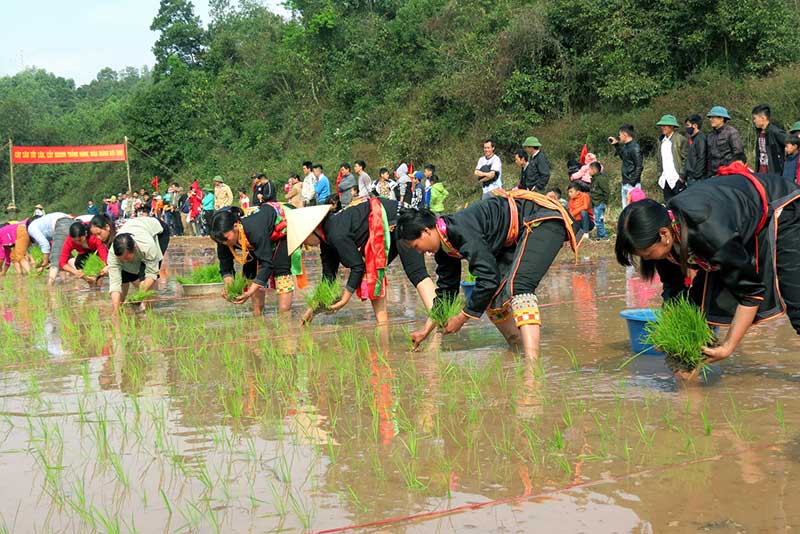
Each region has its own ritual festivals, among which the most important are those related to agricultural activities. Examples are the customs of praying for rain, or for a good start to the grain season. There are also those that consist in expressing gratitude to the gods after a good harvest. The celebration of rice and its nourishing and commercial virtues is so important, from north to south, that it is also at the origin of the most notable periods of worship – the Lunar New Year.
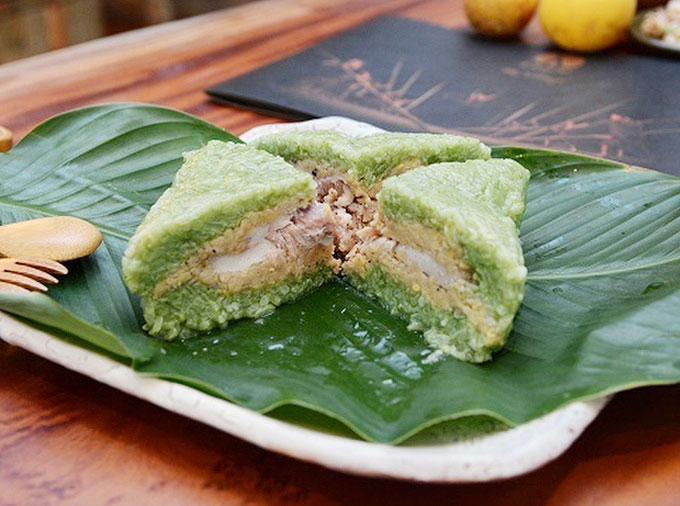
The social behaviour of the Vietnamese, strongly characterised by a spirit of family and mutual aid, is also due to the cultivation of rice (again in the double sense of the word cultivation!). In the villages, in the old days when there were no modern agricultural tools, harvesting was a very difficult task, which could not be done by farmers alone in their fields.
The households, which were very close to each other, formed a bond, knowing that they would have to be partners in this hard work. As a result, in the countryside and also in the towns, neighbourly relations often took precedence over family ties. People were prepared to help each other on the occasion of certain events, whether agrarian or not, as well as in everyday life. So much so that, according to a popular saying, “it is better to have a close neighbour than a distant brother”!
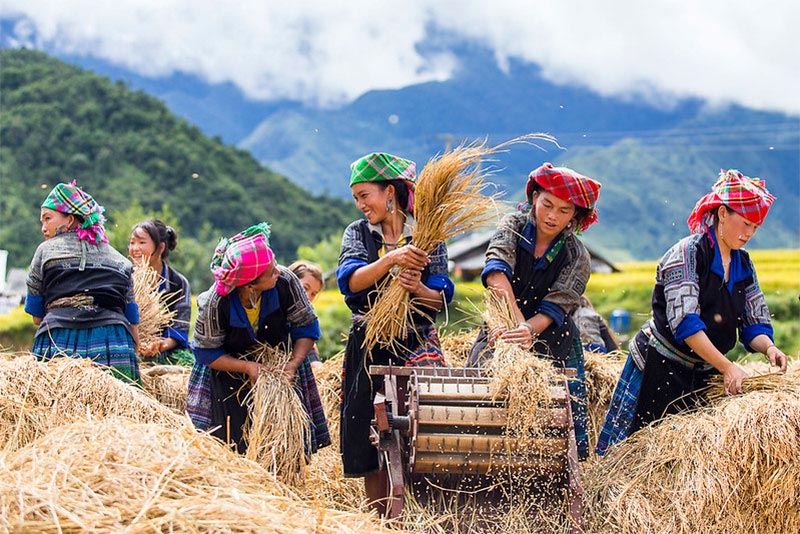
This economic and sociological reality had an effect on the artistic level in particular. To relax after long days of work, villagers entertained themselves by inventing folk games and live performances. Water puppetry – whose music and choreography foreign visitors can enjoy in theatres in Thang Long and elsewhere – is deeply rooted in this cultural tradition.
This unique art form first appeared in the 15th century or earlier in the Red River delta, near the present-day capital. The farmers who lived in this rice-growing region spent their days in the flooded fields. The water, which serves as a stage and a backdrop for the figures, makes it possible to conceal the mechanisms of the rod and strings manipulated with spectacular dexterity by the puppeteers. It also makes it possible to create superb effects such as waves and splashes.
How does rice farming in Vietnam work?
From field to bowl may be a short journey but the process is not so simple. This has an impact on the typical day of a farmer, between the more or less complicated steps he has to follow over several months. First of all, before planting, the land is traditionally ploughed with the help of buffaloes; the soil is stirred up so that it is ready for planting. After this ploughing phase, the rice fields are flooded with seedlings laid out by hand in rows about 12 centimetres apart.
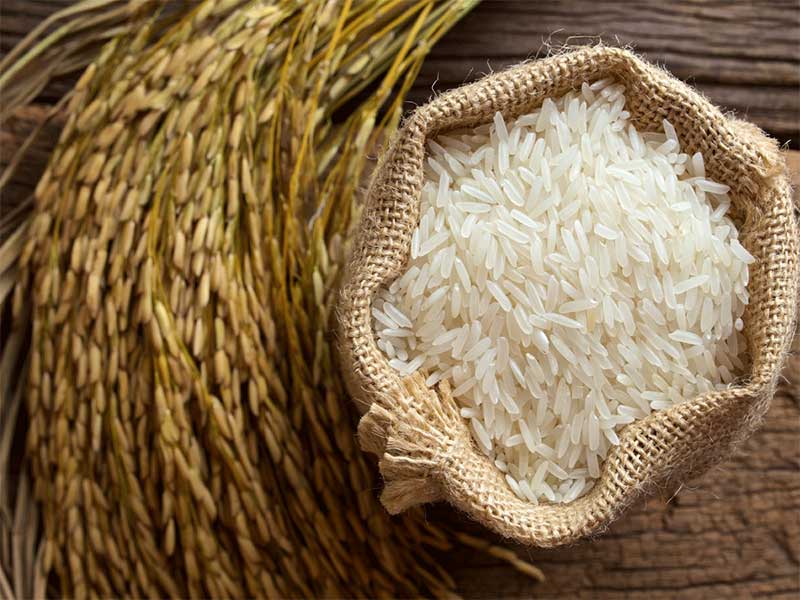
Then, a few weeks later, flowers appear and the bunches of stems produce grains wrapped in pods. At the end of the summer, the watering is stopped and the farmer obtains the harvested rice, called paddy, with sharp knives. With his feet in the water, under a scorching sun and with the sweat of his brow, he cuts the stalks at ground level.
Then he proceeds to the debarking to separate the latter from the paddys and obtain the grains. While still in their husks, they are then spread out under natural light, sometimes on tarpaulins in the gardens or on the ground at the side of roads and paths. To separate them from the husks and winnow them, they are thrown onto trays or woven baskets.
The rice is used for daily consumption, either with the grain itself or indirectly through noodles or alcohol. It is also interesting to note that nothing is wasted in its various stages or forms of processing. On the one hand, the stalks can be turned into straw for making sandals, hats, baskets, ropes and thatched roofs, for example. The husks are used as fertiliser, while the vegetable oil from rice bran is an organic cosmetic ingredient and is known to prevent and combat skin ageing.
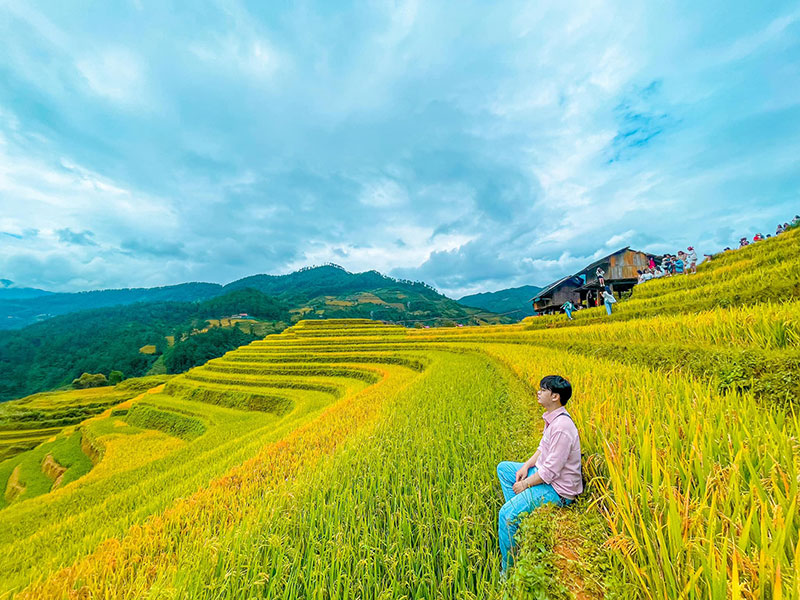
The cereal is grown throughout Vietnam. In the centre and south, it is grown in lowland rice fields. But in the steep regions, especially in the far north, it is grown on terraces with views of the enchanting landscapes, partly carved by man into the sides of the mountains. If you are a lover of natural or environmentally sculpted landscapes, don’t miss visiting these often breathtaking rural sites, such as Hoang Su Phi, Sapa, Bac Son, Pu Luong and especially Mu Cang Chai.
Their beautiful terraced fields are works of art handcrafted by ethnic minorities. Your eyes will feast on them, with the added bonus of colour, especially if you plan your trip during the rainy or “water mirror” season in April-May. The end of September, when the new crops are harvested, is another great time to visit the rice fields.
Popular Vietnamese rice dishes
Throughout their long history, the Vietnamese have found many ways to cook the ‘gift from heaven’ based on the different ingredients and traditions of their regions. Some dishes are unique, prepared nowhere else, while others have spread throughout the country, improving on existing dishes. Here are some examples of what makes the rice-based cuisine of South East Asia so successful. You should definitely try them during your stay!
The “cơm” and its many variations
In the daily meals of the Vietnamese, cooked rice, called “cơm” in their language, is usually eaten as an accompaniment to meats or vegetables. Sometimes it is also a dish in its own right, prepared in an original way. For example, “com lam”, cooked in bamboo tubes, is a culinary speciality of the ethnic minorities in the northwest of the country. It is appreciated for its flavour, aroma and special sweetness.
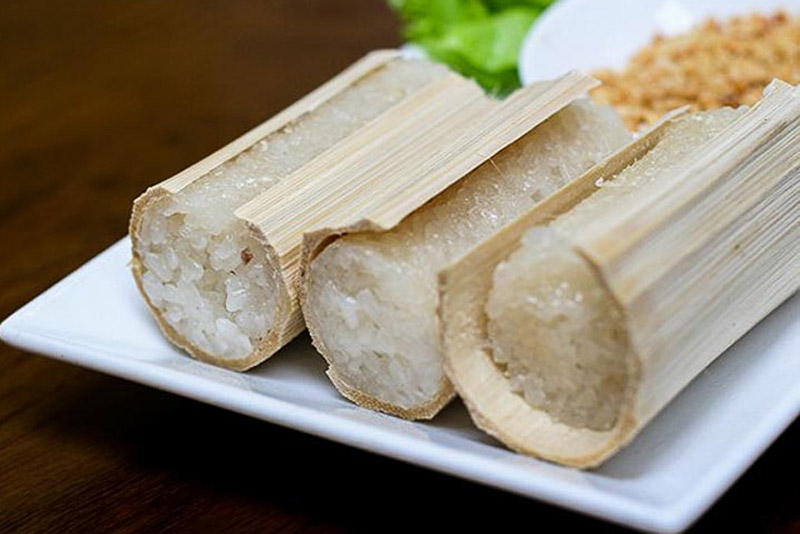
Salted crispy rice, known as “com chay”, is another unique dish from Ninh Binh, not far south of Hanoi. A Vietnamese capital was once established inland from this province, which is also home to the famous ‘land-based Halong Bay’ (as well as the Bai Dinh Pagoda, in the country’s largest religious centre).
Com chay is prepared by taking slices of steamed rice. Its round, flat shapes are dried in the sun and then fried until they turn yellow and crispy. On the outside, the “com chay” has a beautiful golden colour after being covered with chopped chilli, green onion and torn and dried pork.
Continuing further south into the Central region, “com hen”, rice with mussels, is a delicious dish from Hue, the former imperial capital. It consists of white rice with sautéed molluscs and other ingredients: peanuts, crispy fried pork fat, banana flowers, fermented shrimp sauce, sliced carambola and various spices.
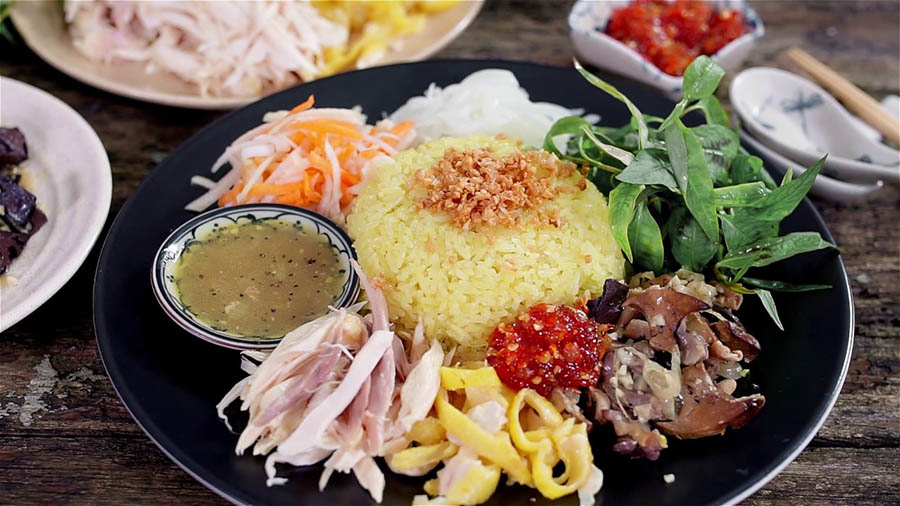
Further afield, in the picturesque “city of a thousand lanterns” of Hoi An, salted chicken rice is a favourite dish. This “com ga Hoi An” is cooked with chicken broth and turmeric, which is why the grain loses its usual whiteness and becomes light yellow.
Finally, in the southern region of Vietnam, there is of course “com tam”, one of Saigon’s signature dishes. As the name suggests, it consists of broken rice that is combined with pork, with its grilled meat and crispy skin. Eggs and fish sauce are added to arouse most of the senses!
Xôi, another way of eating cereal
The word “xôi” is a generic term meaning “glutinous rice”, applied to all the dishes comprising it. You will be surprised by the sheer number of them, whether sweet or savoury. Even the Vietnamese have a hard time determining how many variations of xoi there are, as each region has its own recipes based on local ingredients.
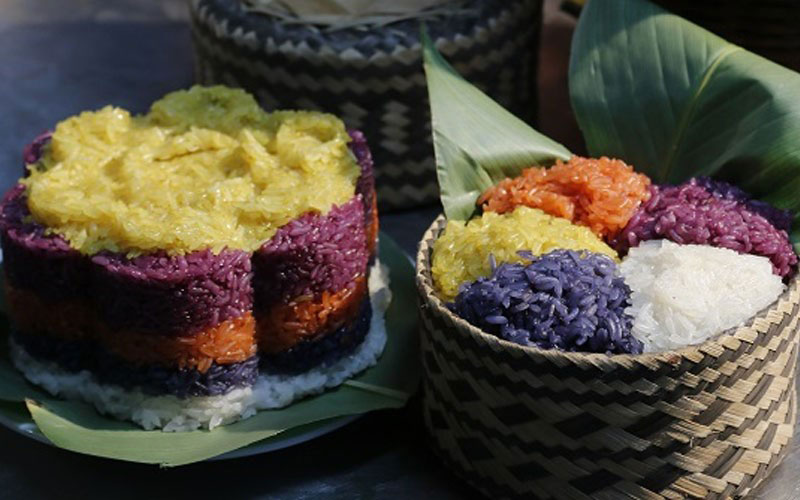
If you’re in the mood for something simple but really filling, sticky rice with ground sesame and peanuts (“xôi vừng lạc”) is one of the best choices; the same goes for corn (“xôi ngô”) or mung beans with crispy shallots (“xôi xéo”). For a complete lunch or dinner, try glutinous rice with fillings such as braised pork, liver pâté, eggs or chicken. And if you also have a sweet tooth, try xôi with “chè”, the sweet porridge.
Vietnamese rice in the form of noodles or pancakes
The “gift from heaven” grain is used as a key ingredient in many other sought-after Vietnamese dishes. For example, in the noodles served in the bowls of the famous soups called “pho” and “bun bo Hue”, or in egg rolls whose casings are made from its flour.
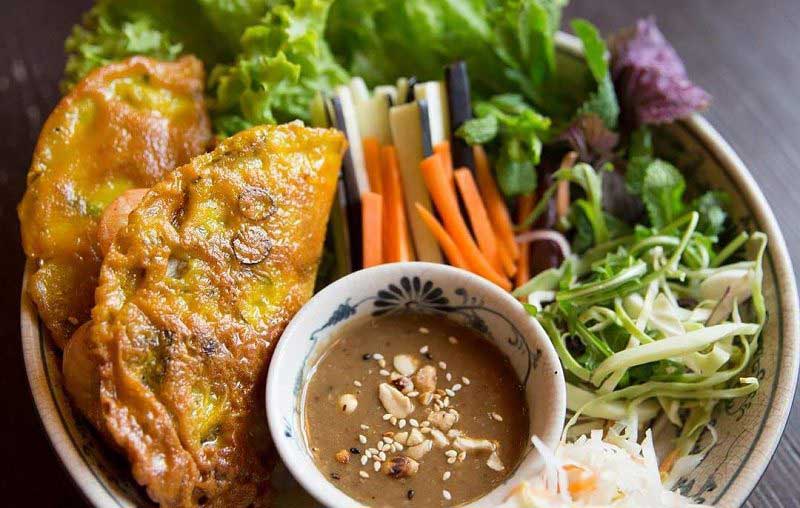
Not to be forgotten is the famous “banh xeo”, the national fried pancake cooked with rice flour, coconut milk and turmeric. This dish alone is enough to treat yourself to a hearty meal, thanks also to the many toppings that can be combined with it. It is very popular with both Vietnamese and foreign visitors.
Finally, rice is also used in the production of vinegar. But it is mainly found in the famous “ruou gao”, the rice alcohol produced by combining water and yeast. Another example of the thousand and one ways of eating and drinking in the Asian nation, thanks to its iconic cereal.
Conclusion
In Vietnam, the notion of rice as a staple food refers to a primary source of nutrition, but not only that. The mentioning of rice to any Vietnamese, particularly one that resides far from the homeland, raises the feelings of nostalgia and closeness. It also and above all reflects an affectionate thought for a cereal deeply rooted in the local culture and idiosyncrasy. It is a pure product of the country, cultivated since ancient times. Vietnamese rice in symbiosis with the daily life and spirit of the locals, it is up to you to discover it in its most diverse forms when you discover their regions with these best north-south tours with me!

